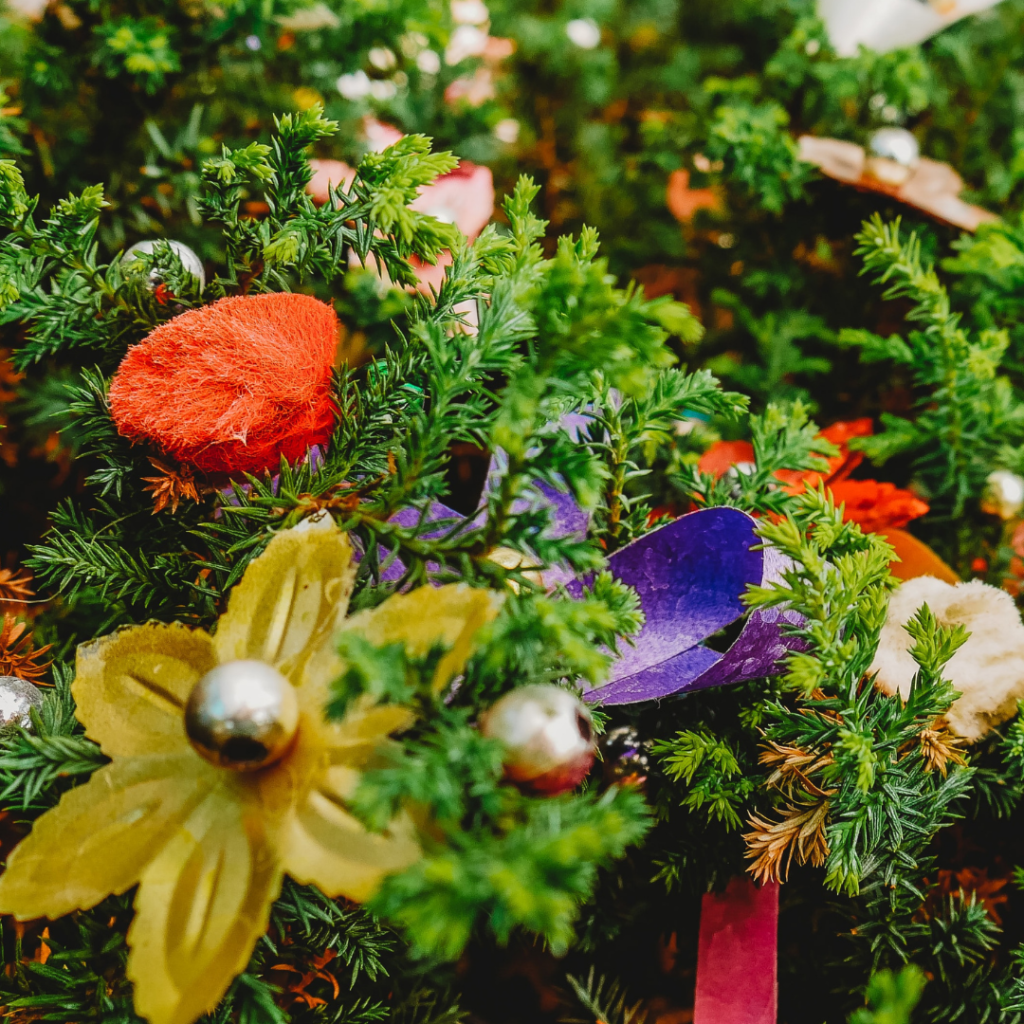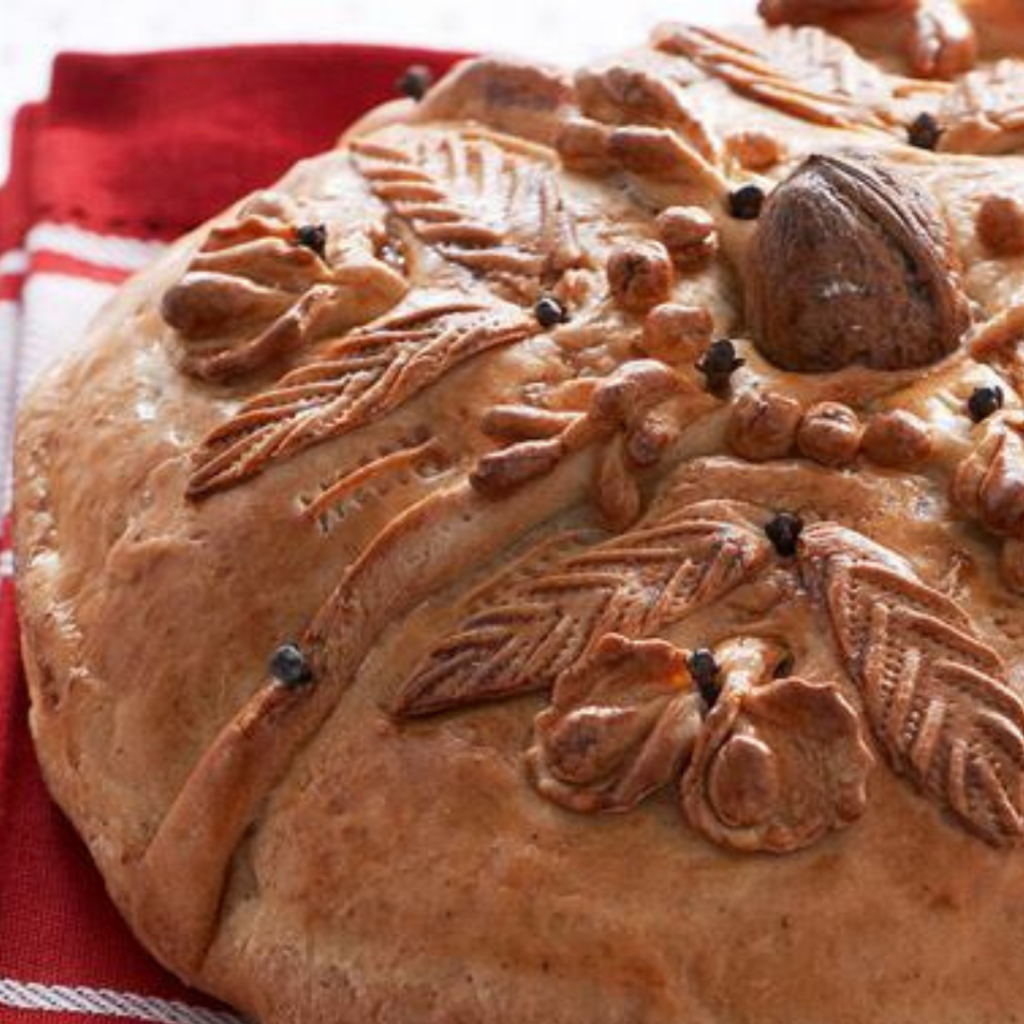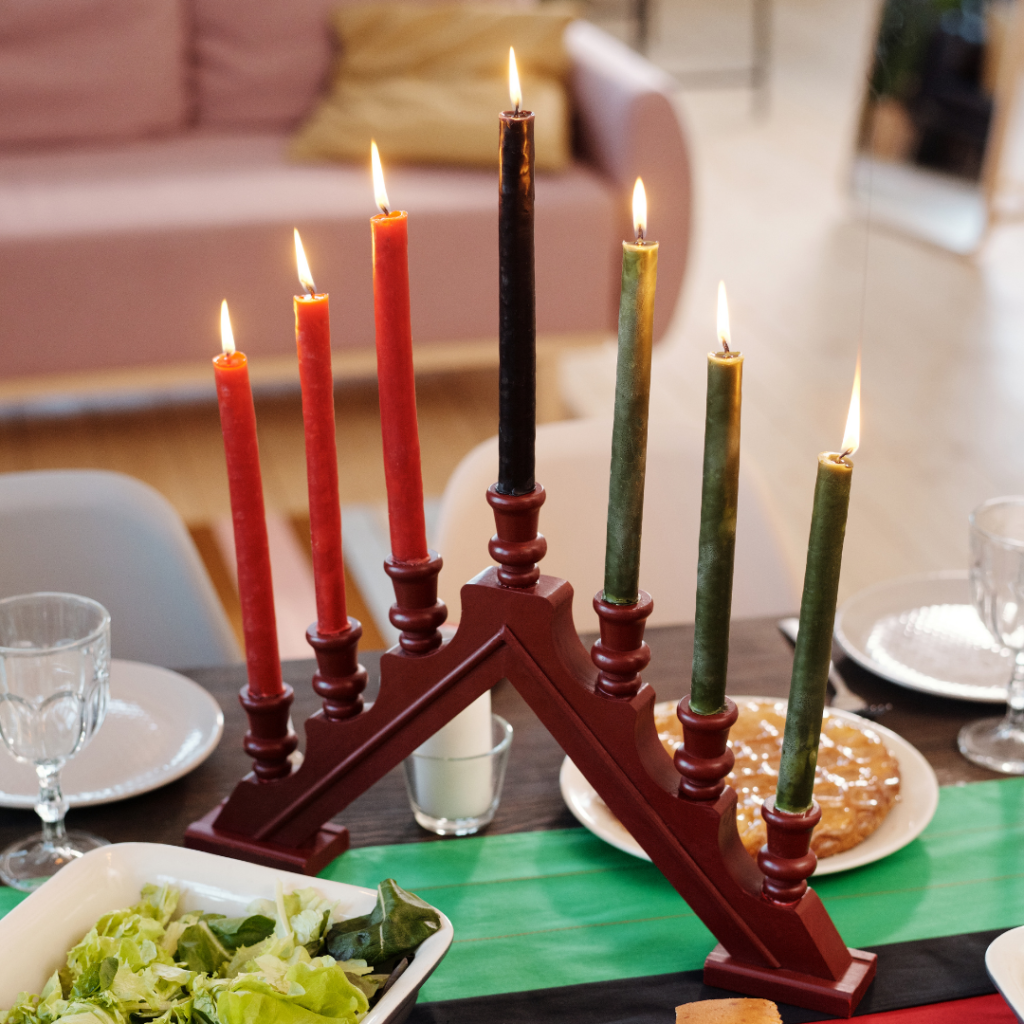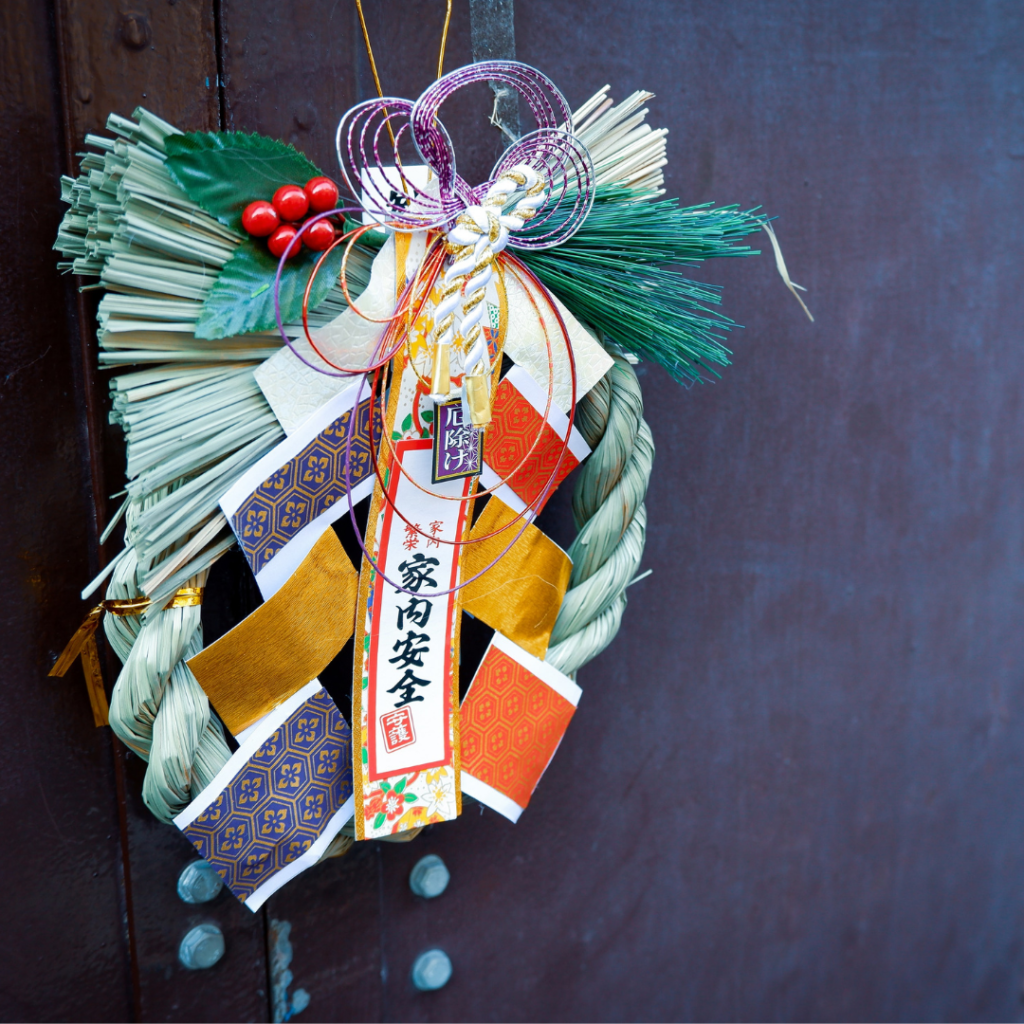Winter Holidays Around the World
Written on December 15, 2021

Although it is off-season for many destinations, planning a December or January vacation allows travelers to experience one of the many winter holidays celebrated around the world. This immersion and participation in holiday cultural festivities offers a special glimpse into a destination’s people, their history, and their traditions. When traveling isn’t possible, learning about holiday celebrations around the world and incorporating cultural touches into your own traditions is a wonderful way to celebrate a passion for exploring the world.
Germany
During the four weeks of advent leading to Christmas, cities throughout Europe erupt with colorful and festive Christmas markets. Held in the town square, locals and visitors can meander the open-air stalls to shop for gifts, munch on tasty snacks like candied, toasted almonds (gebrannte mandeln) and gingerbread (lebkuchen and magenbrot) and drink steaming mugs of mulled wine. Live music and dancing accompany the eating and shopping.
This mulled wine, Glühwein, is the Christmas beverage of Germany. Prepared with red wine and spices including cinnamon, star anise, and cloves, the hot and comforting beverage is the perfect antidote for the chilly air. Prepare a simmering spiced batch of the mulled wine and let the soothing scents waft through the home.
Mexico
In Mexico, Christmas is celebrated from December 12 through January 6, beginning with the first of las posadas, or Christmas processionals. These processionals honor the journey of Mary and Joseph, and homes’ exteriors are decorated with evergreens, moss, and paper lanterns to view on the ceremonial walk. Each posada ends with house parties featuring food, games, fireworks, and piñatas.
On January 6, families in Mexico gather for Día de los Reyes, sip a hot beverage similar to hot cocoa (atole), and eat Rosca de Reyes, a sweet bread topped with candied fruit and a figure of baby Jesus baked inside. (Whoever finds the baby Jesus is supposed to host the party on February 2 for Día de la Candelaria!)
Greece
In Greece, decorating boats to honor sailors returning home from sea voyages has been a longstanding tradition. Every December in Aristotelous Square in the city of Thessaloniki, large Christmas trees and a three-masted ship are displayed, drawing locals and tourists alike. Other cities around Greece also display large ships with festive lights, and homes around the country feature both decorated boats and trees.
Christopsomo (Christ’s bread) is a round sweet bread flavored with orange, cinnamon, and cloves and decorated with a cross made of dough. It is prepared on Christmas Eve and eaten on Christmas Day.
United States, some Caribbean Islands – Kwanzaa
In 1966, a professor of Africana Studies at California State University Long Beach created Kwanzaa to draw from the traditional Southern African first-fruits celebration and celebrate family and social values. From December 26 to January 1, each day is dedicated to studying and celebrating one of the seven principles of Kwanzaa: unity, self-determination, collective responsibility, cooperative economics, purpose, creativity, and faith. Families gather each day to light a candle and discuss the day’s principle. A large celebratory feast is eaten on the final evening.
Japan
The final night of the year, Omisoka, leads into the most important holiday in Japanese culture: New Year’s Day. On Omisoka, families spend time thoroughly cleaning their homes, bathing, and then gathering to eat bowls of toshikoshi soba or udon noodles, whose long length represents crossing from one year to the next. At midnight, people visit shrines and temples for Hatsumode, the first temple or shrine visit of the year. The Shinto shrines distribute amazake, a sweet, fermented rice beverage, and the Buddhist temples ring their bells 108 times to represent casting away the 108 causes of human suffering.
From our team to your family, we wish you a happy and healthy holiday season!






